April 7, 2011
Bee ecstatic; citrus tips; backyard chickens
Bee ecstatic, even with one little flower.
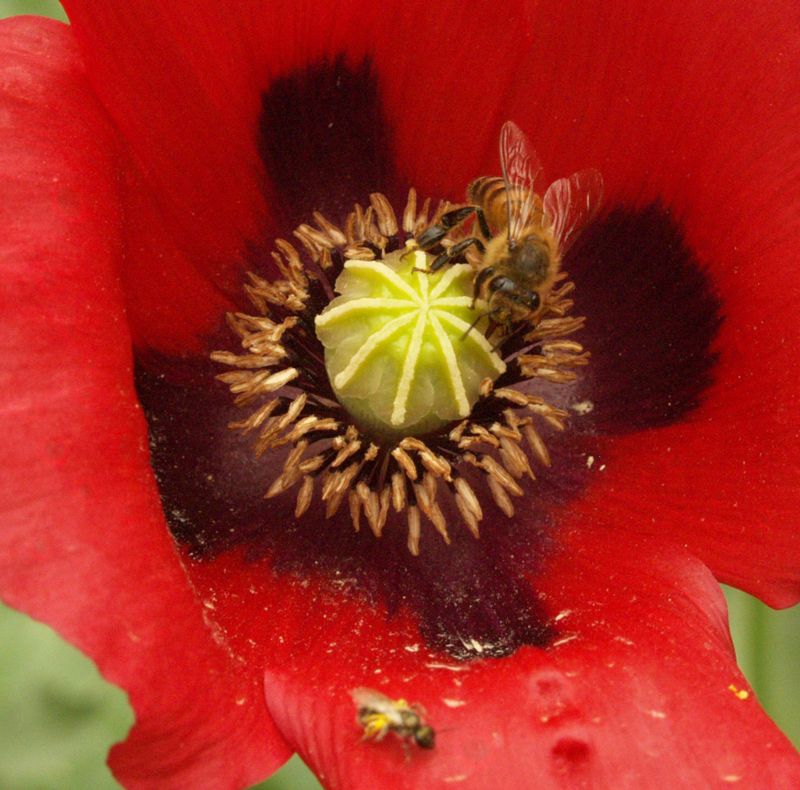
Here’s a bee honing in on Gulf Coast penstemon (Penstemon tenuis). Beyond, Salvia microphylla ‘La Trinidad Pink’ got its turn later.
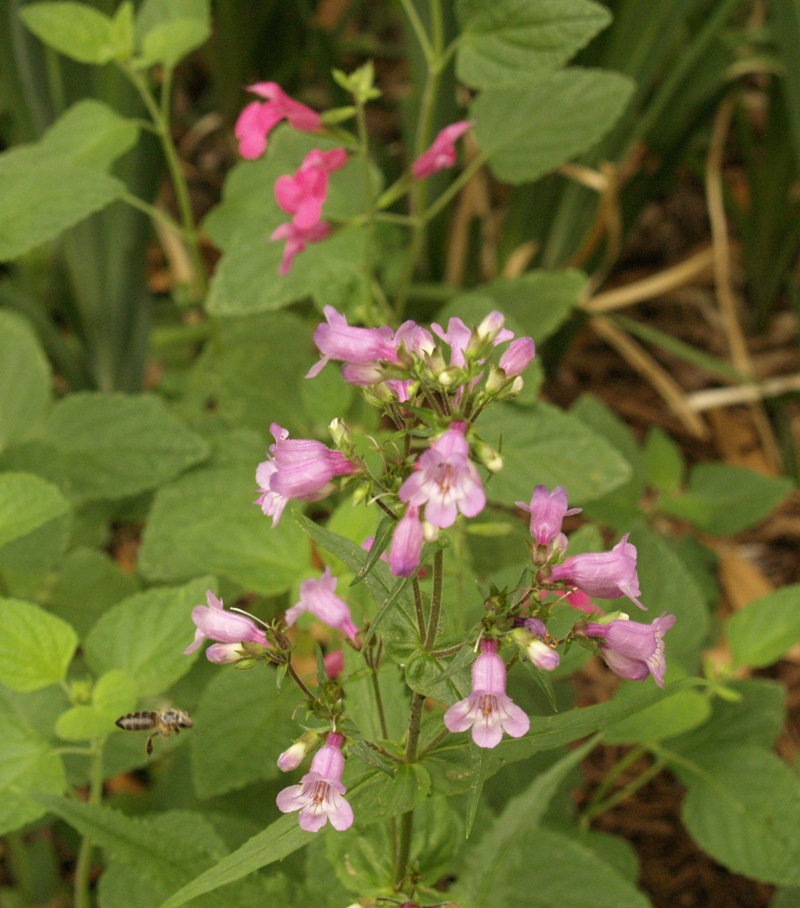
For dessert, they hit the pink evening primrose, (Oenothera speciosa), a native wildflower that just showed up in my garden. It’s so fun watching them rock and roll!
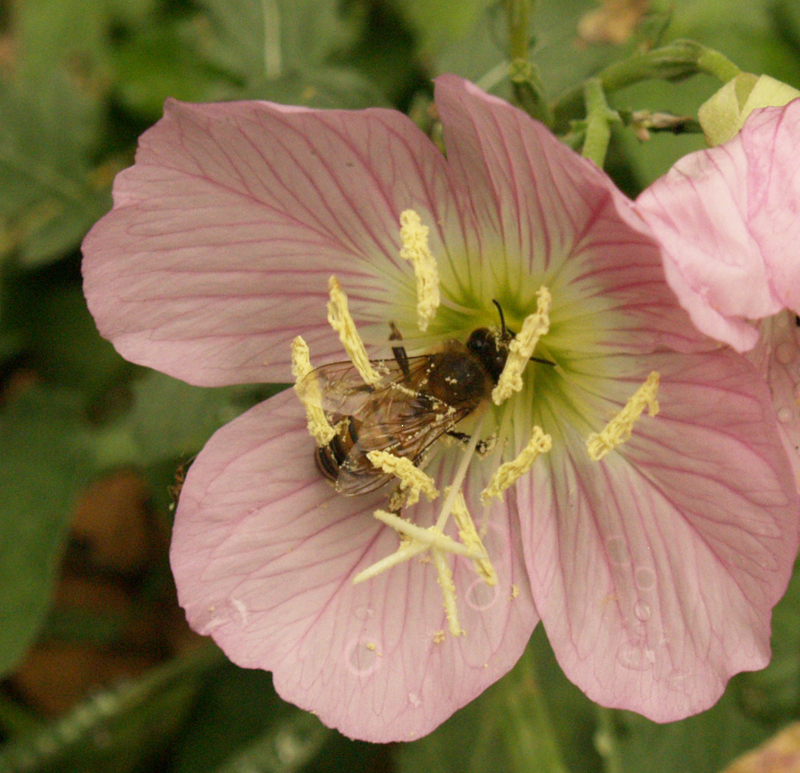
They also like the native spiderworts (Tradescantia gigantea) and non-native, but tough candytuft (Iberis sempervirens).
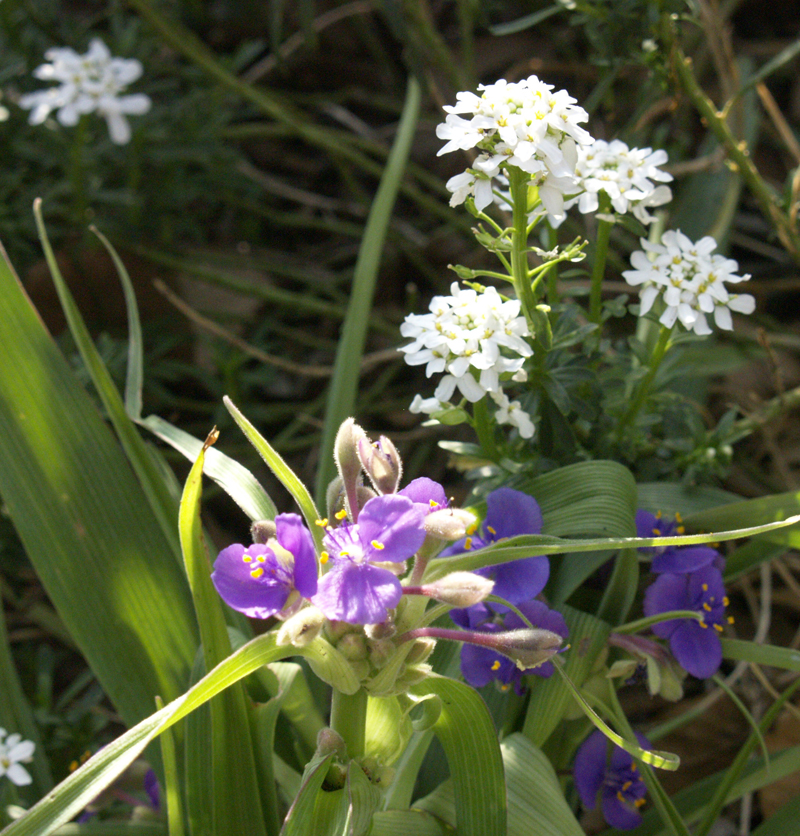
Penstemons and poppies weren’t lonely from morning until evening.
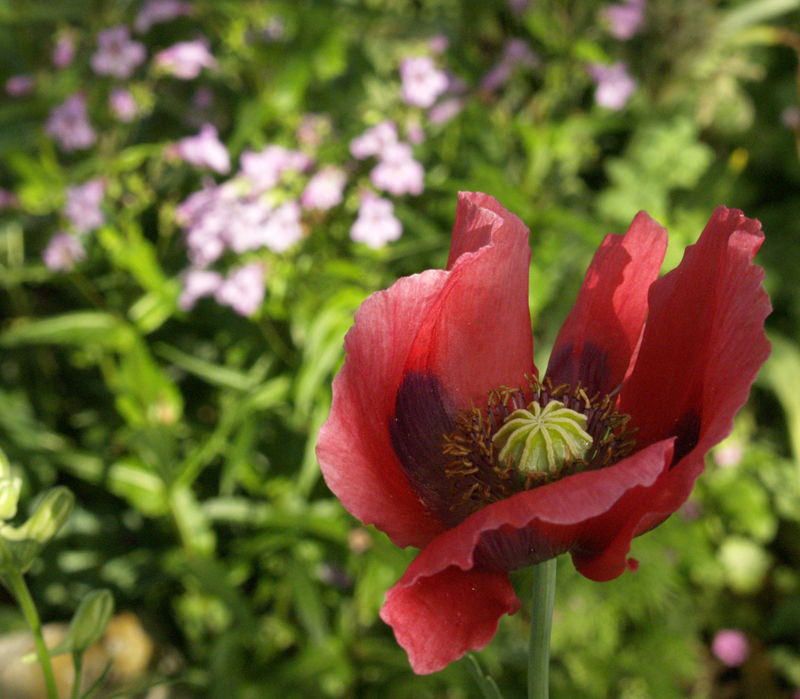
Right now, the cat cove is really the “bee cove,” though the silvery gray here and there is catmint for you know who.
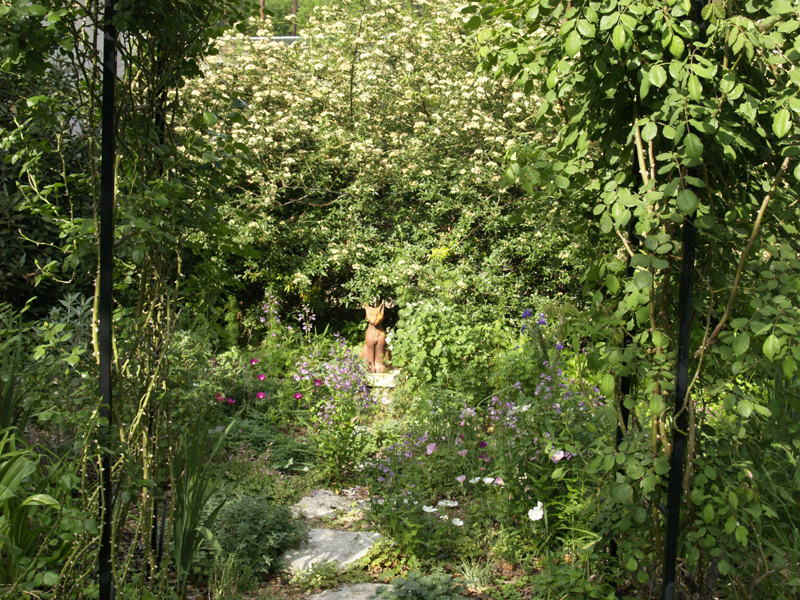
The bees will head for the catmint when it flowers, but until now, they’re going for purple and white winecups and pink evening primrose.
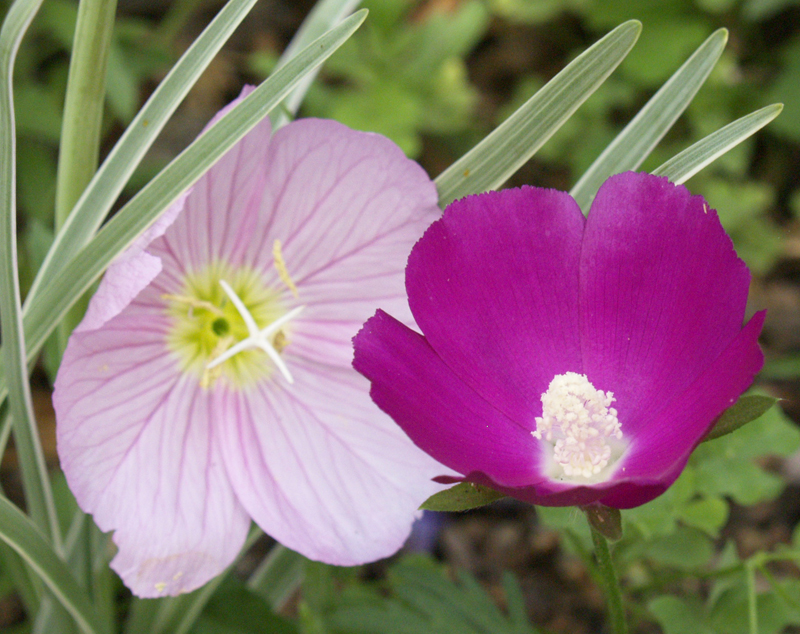
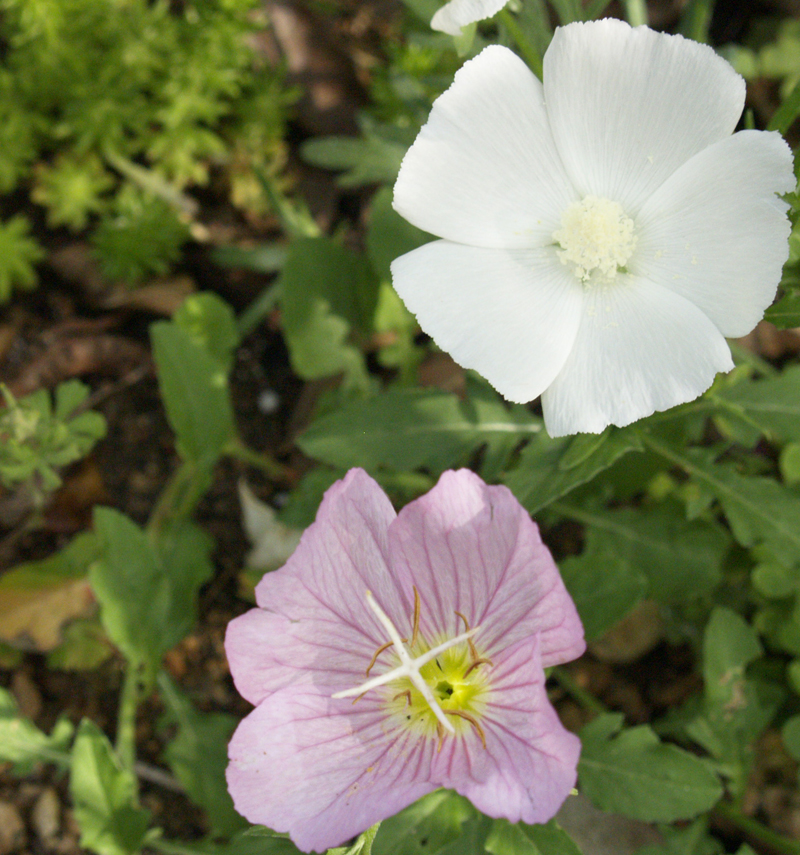
We may not have as many bees on our citrus plants that suffered in the harsh cold. This week on CTG, Tom meets with Monte Nesbitt from Texas AgriLife Extension at A&M University to select the hardiest fruits, how to tell if a plant’s going to revive, and how to fertilize them. Get his list and details on citrus selection and care.
Although my ‘Mr. Mac’ satsuma mandarin put on a few flowers, the tiny fruit fell off. It’s still alive and thriving, though, so if I miss out this year, it’ll be around for the future.
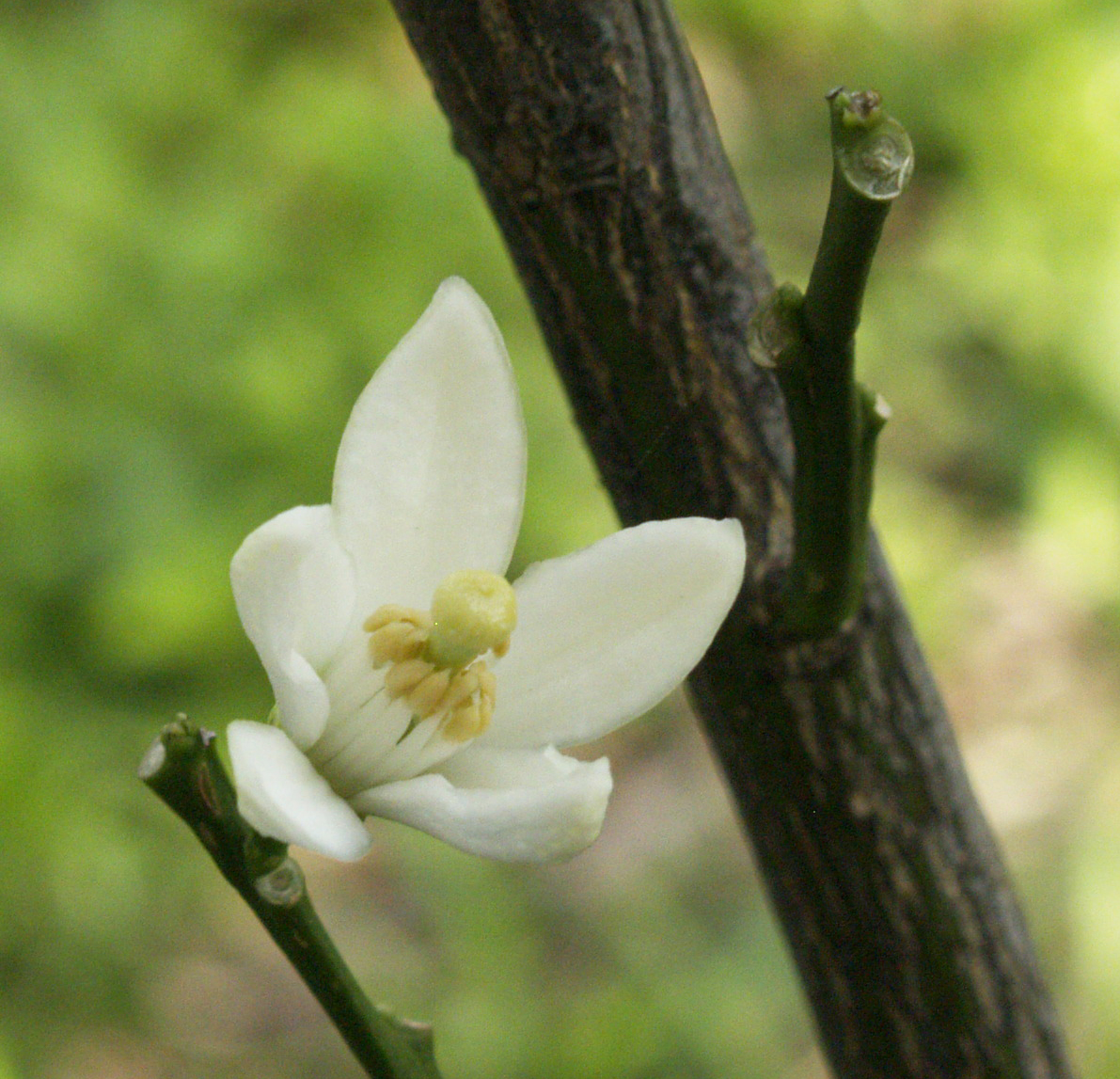
I’d love to know how your citrus plants fared this year and what’s happening in your microclimate!
Monte cautions us about Citrus Greening, a serious problem caused by the Asian citrus psyllid. Texas has quarantines that prevent importing plants from outside the state. Although no infected psyllids have been found in Texas, they should be controlled
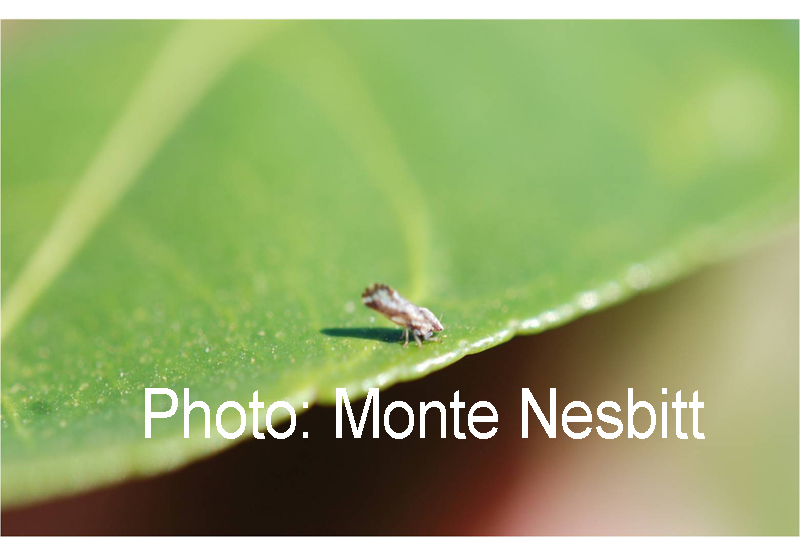
According to Monte, they represent some risk of disease spread and will damage the foliage of the plant they colonize and feed on.
He adds: Citrus tree owners should be vigilant for suspicious signs of CG infection, including blotchy leaf mottling.
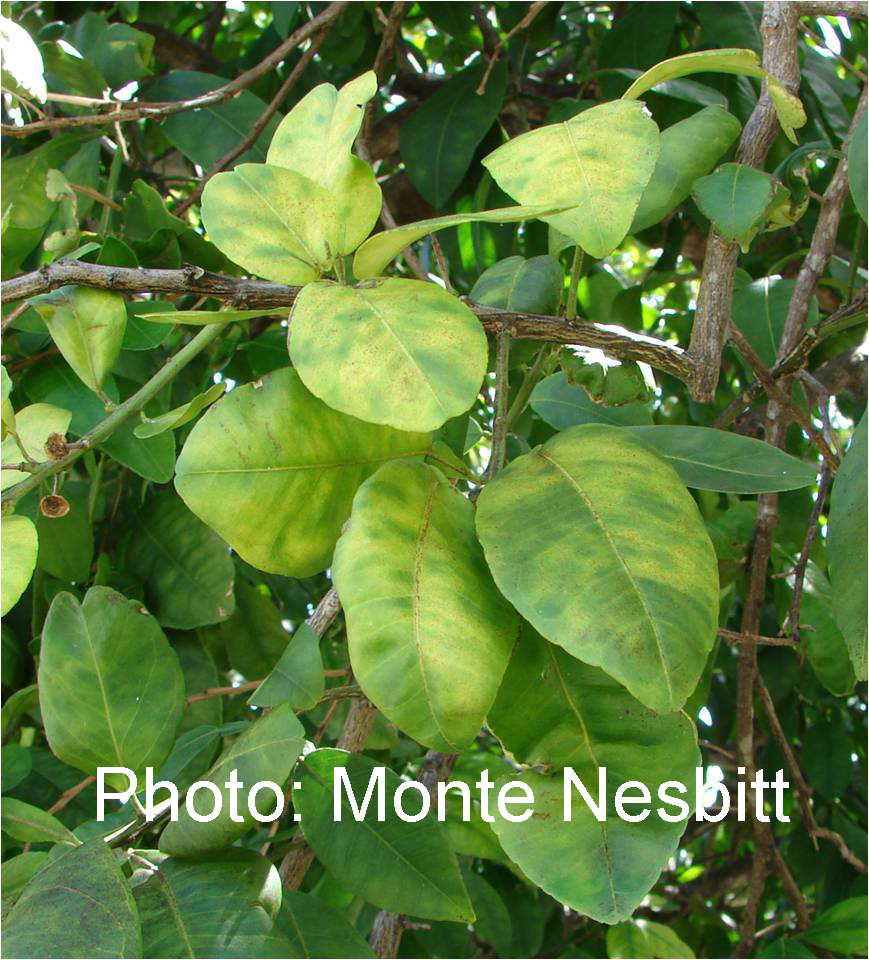
If that happens, call the Texas Department of Agriculture (800-TELL TDA) for help in getting the tree tested. In home gardens, psyllids can be controlled with oil and soap sprays. Don’t use these sprays in the heat of day since they can burn the leaves. It’s always easier to get a direct hit on insects in the early morning, too, when they’re sluggish like us! Get more information about Citrus Greening, along with photographs on TAMU’s website.
Daphne continues the citrus theme with a question from Garron Guszak about his potted young Meyer’s lemon (not a true lemon) which hadn’t yet flowered in mid-February, even in his greenhouse. As it turns out, it did flower since then. But very young plants may not flower much or keep their fruit, and freeze-damaged ones that survived may be late or may not bloom this year at all.
On tour, see how Molly O’Halloran and David Brearley renovated their 1915 house and the former car-park front yard in east Austin with sustainable, beautiful, and creative ideas on a budget. In their sunny front yard, textural structure and silvers join organic vegetables.
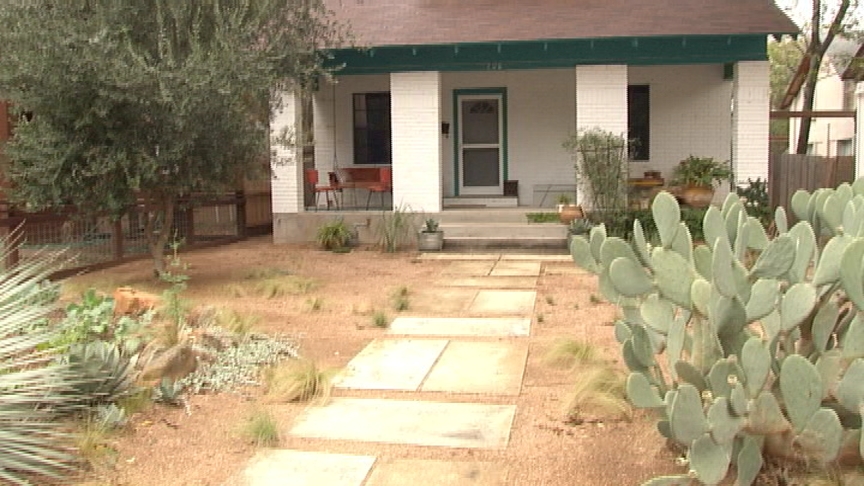
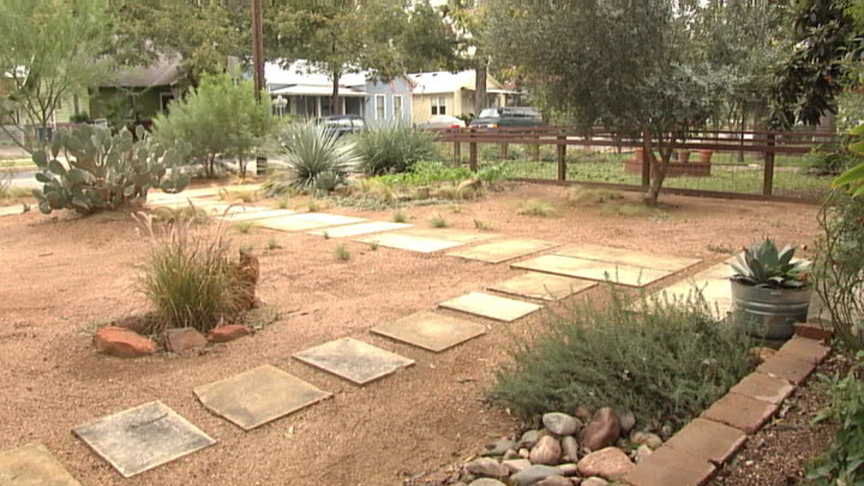
Then, they fell in love with chickens. Get their hands-on tips learned from “scratch” for happy chickens safe from predators. They even explain why yolk color varies by the season. But every day, they collect warm eggs that don’t need Easter dye to be simply lovely and delicious.
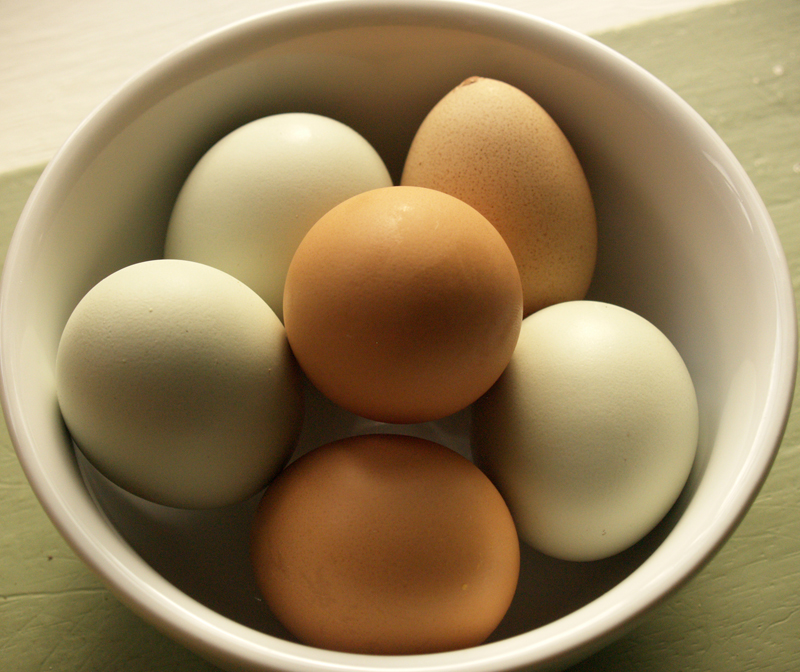
We thank musician Gurf Morlix for the outstanding music. I selected “Need You Now” and “Windows Open, Windows Closed” from his album Birth to Boneyard.
If you’ve been a little chicken about raising chickens (but really want to do it), check out the Austin Funky Chicken Coop tour on Saturday, April 23 for more ideas and advice to have a brood of your own.
John Dromgoole shows how to take cuttings to insert into the propagation box he built last weekend. This is such an easy way to propagate plants, including tomatoes you want to renew this summer, or favorite cold-tender plants you want to save next winter to replant in spring.
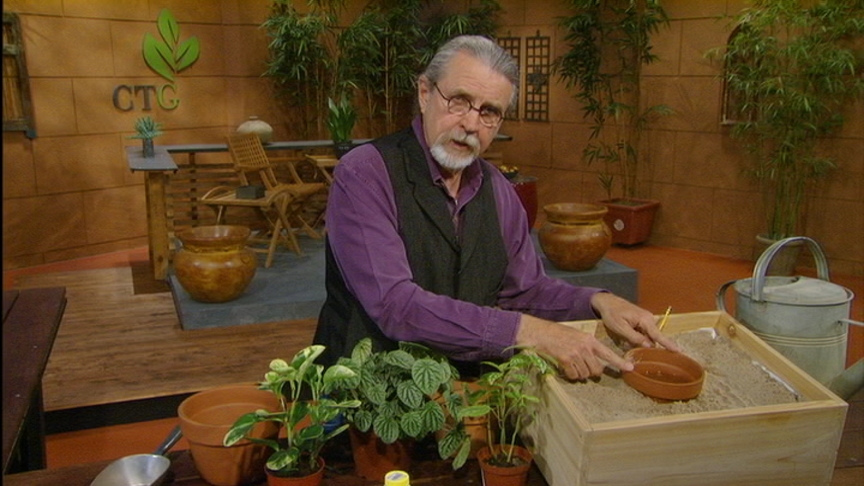
Daphne’s plant of the week is a diminutive native that packs a pollinator punch: Four-nerve daisy (Tetraneuris scaposa).
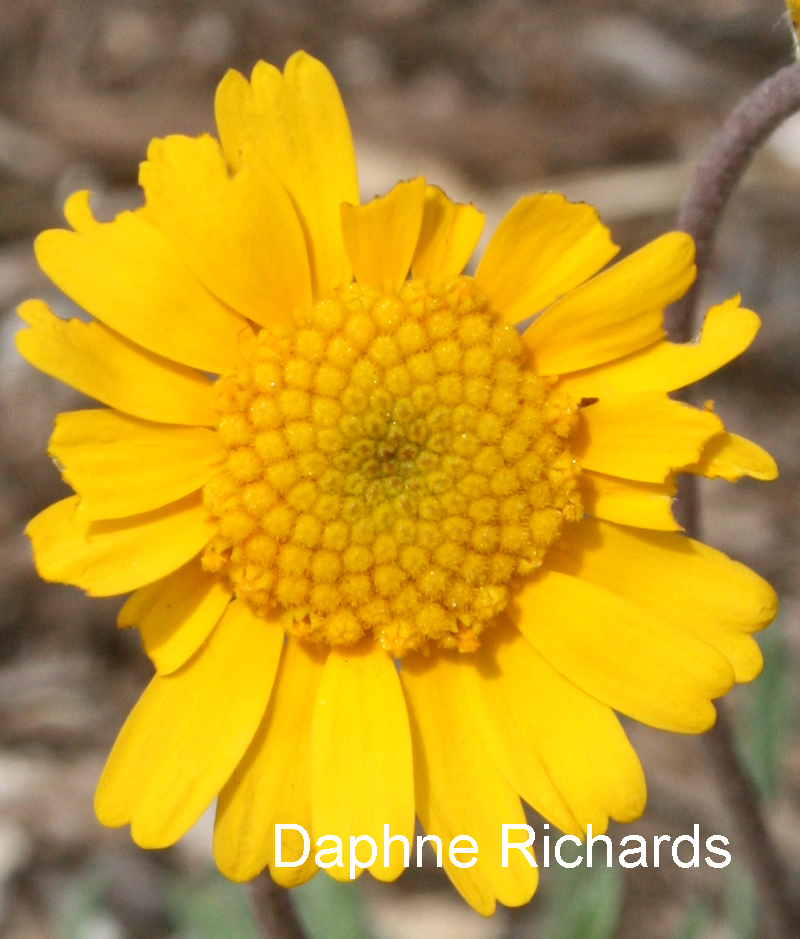
You may hear it called Hymenoxys. I do love this long-blooming perennial, but it’s not happy in my heavy soils. If you can’t provide well-drained soil, pot it up with decomposed granite mixed into a loose potting mix. For gardeners with built up berms for agaves and yuccas, this would be an outstanding colorful addition.
This spring, watch for it in the wild!
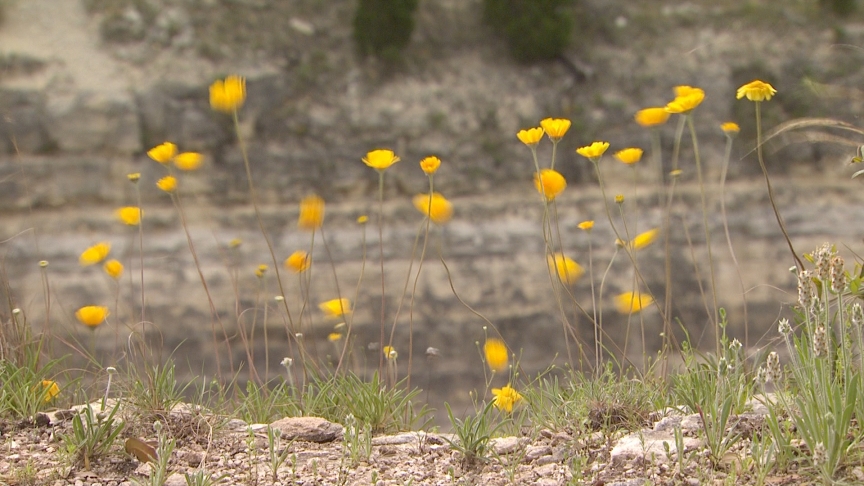
That picture is from my documentary, Wildflowers|Seeds of History. If you missed it, catch in online or watch on KLRU April 10 at 6 p.m. and April 14 at 7:30. Check your local listings since it will be coming your way! Plus, don’t forget the Lady Bird Johnson Wildflower Center spring plant sale this weekend to nab the natives on your list!
Until next week, Linda
tags:







